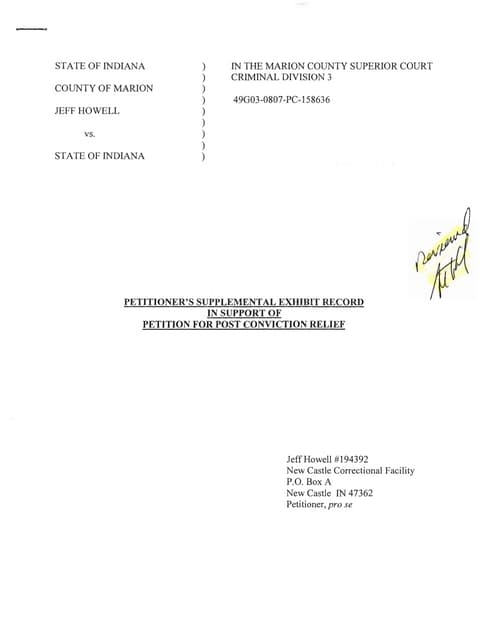

The ways in which, and when, motions must be presented, are governed by rules specific to the jurisdiction in which the case is pending.

A timely, persuasive, and thorough motion can cause an entire count to be stricken from the complaint, can cause an entire case to be dismissed before it gets started, or can even cause judgment to be rendered on either whole or part of the case without a jury or judge hearing a single witness' testimony. Motion practice is a substantial part of litigation. The party will “move” the court for an order or other action. The movant is the party filing the motion the party moving the court for an orderĪ motion is a way to ask the court for certain action. In other jurisdictions, a successful motion to strike will remove certain allegations from the complaint, counterclaim or crossclaim.Ī motion for summary judgment asks the court for final judgment on at least part of the case, before any trier of fact makes a decision, because there are no genuine issues of material fact and the movant is entitled to judgment as a matter of law. In some jurisdictions, a motion to strike or a "demurrer" is the equivalent to a motion to dismiss for failure to state a claim upon which relief can be granted. Most often, the party will “move” the court in order to obtain some kind of order.Ī motion to dismiss asks the court to dismiss either whole or part of a complaint, counterclaim, or crossclaim. A motion is a way to ask the court for certain action.


 0 kommentar(er)
0 kommentar(er)
